Corvo Island – Places to Visit and Points of Interest
The Island of Corvo is located in the Azores archipelago and is considered the smallest island compared to the others, with only 17 km².
Its origin is directly linked to volcanic phenomena that occurred in the past, forming a polygenetic volcanic structure with a caldera at the top and secondary cones.

The last volcanic eruption in the region occurred thousands of years ago (about 80 to 100 thousand years ago), at the lava field of Vila do Corvo. The main highlights of the historical formation of this beautiful island are: Cova Vermelha, Fajã Lávica, and Ponta Negra.
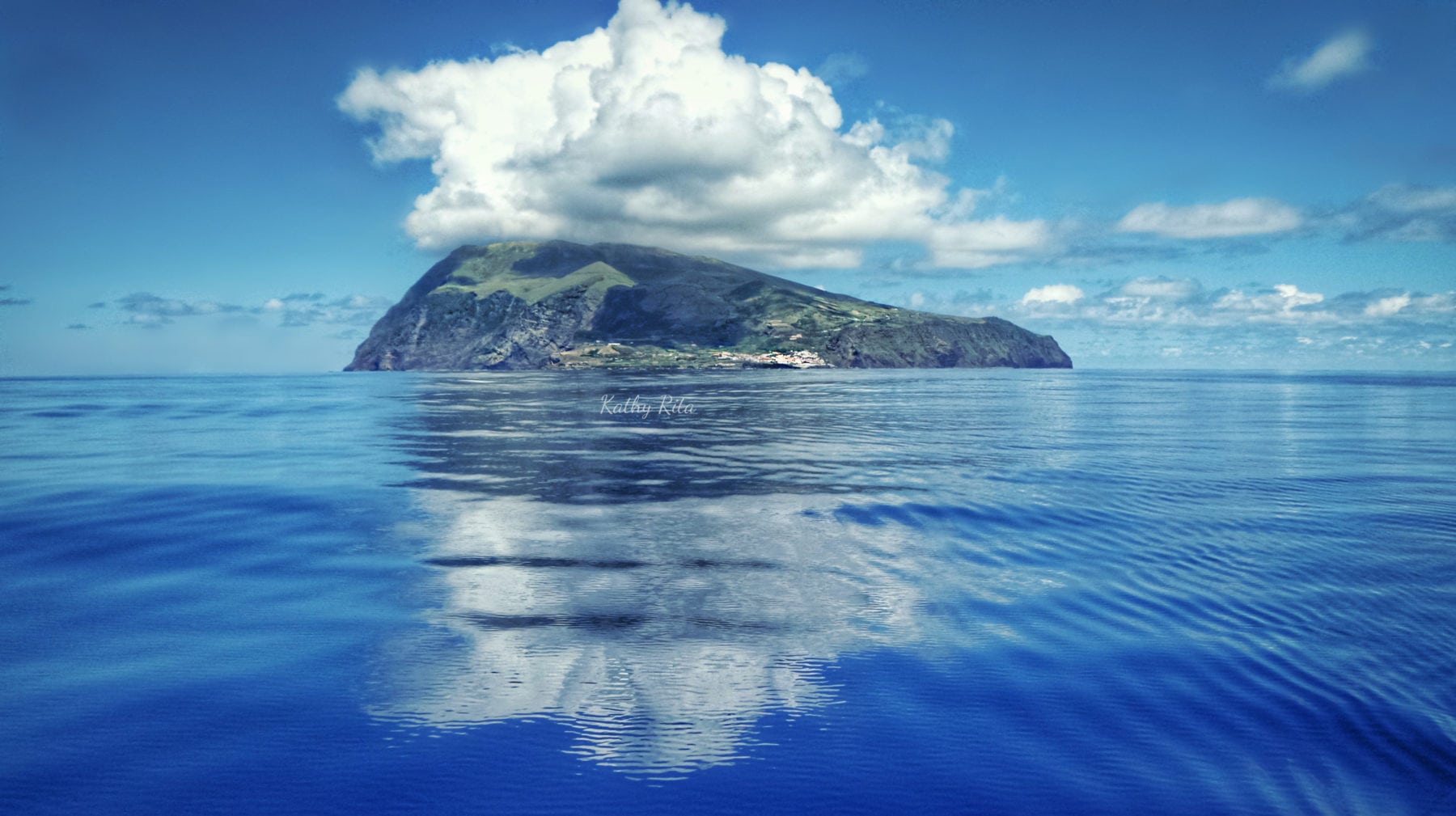
Fotografia de Kathy Rita
Índice de conteúdos [ocultar]
Historical Formation Highlights
Cova Vermelha
Cova Vermelha corresponds to the crater area of Coroínha, primarily composed of red fine ashes and lapilli, known as bagacina. This magnificent crater is located to the south, where lava flows were ejected, surfacing at the top of the cliff.
Fajã Lávica
Fajã Lávica is in Vila do Corvo, becoming the main flat surface of the island, originated from the Morro da Fonte lava flows. Its characteristic feature is the surface covered with deposits of pumice, lahars, and other pyroclastic deposits related to the formation of the Caldeirão.
Ponta Negra
Lastly, Ponta Negra is composed of basalts emitted since the last eruptive episode on Corvo Island, as its lava flows passed through the fajã, the Alto dos Moinhos, and reached the sea.
Besides these historical highlights that are part of the formation of Corvo Island, several other points attract attention for their natural beauty and tourist attractions.
Below are the main places worth visiting:
Centro de Interpretação Ambiental e Cultural do Corvo
Upon arriving on Corvo Island, the first place to visit is the Centro de Interpretação Ambiental e Cultural do Corvo, to obtain necessary information about the island.
The Center provides all the support to visitors about the most relevant places on Corvo Island and the secrets of this wonderful region. There is also the possibility to visit the “Atafona da Canada,” the last atafona (grinding mill) on Corvo, restored by the Regional Government of the Azores.
Opening Hours
November 1 to March 31:
Tuesday to Friday from 10:00 AM to 5:00 PM
Saturdays and holidays from 2:00 PM to 5:30 PM
Closed: Sundays, Mondays, January 1, Carnival Tuesday, Easter Sunday, and December 25
April 1 to October 31:
Every day from 10:00 AM to 6:00 PM
Closed: Easter Sunday
Guided Tours
Guided tours are conducted by appointment.
Tour duration: 30 to 45 minutes
Number of people per tour: 4 – 30
Price
Free admission
Contacts
Address: Canada do Graciosa s/n, 9980-031 Vila do Corvo
Phone: (+351) 292 596 051
Email: pncorvo.centroambiental@azores.gov.pt
Website: visit website
Caldeirão
Considered the main volcanic and landscape feature of Corvo Island, the Caldeirão has a maximum diameter of 2.3 km and a depth of 320 meters, formed by a lagoon and 12 secondary cones inside, considered scoria cones.
It is one of the main tourist attractions in the region, and its panoramic view takes the breath away of all visitors. It offers amazing photography opportunities!
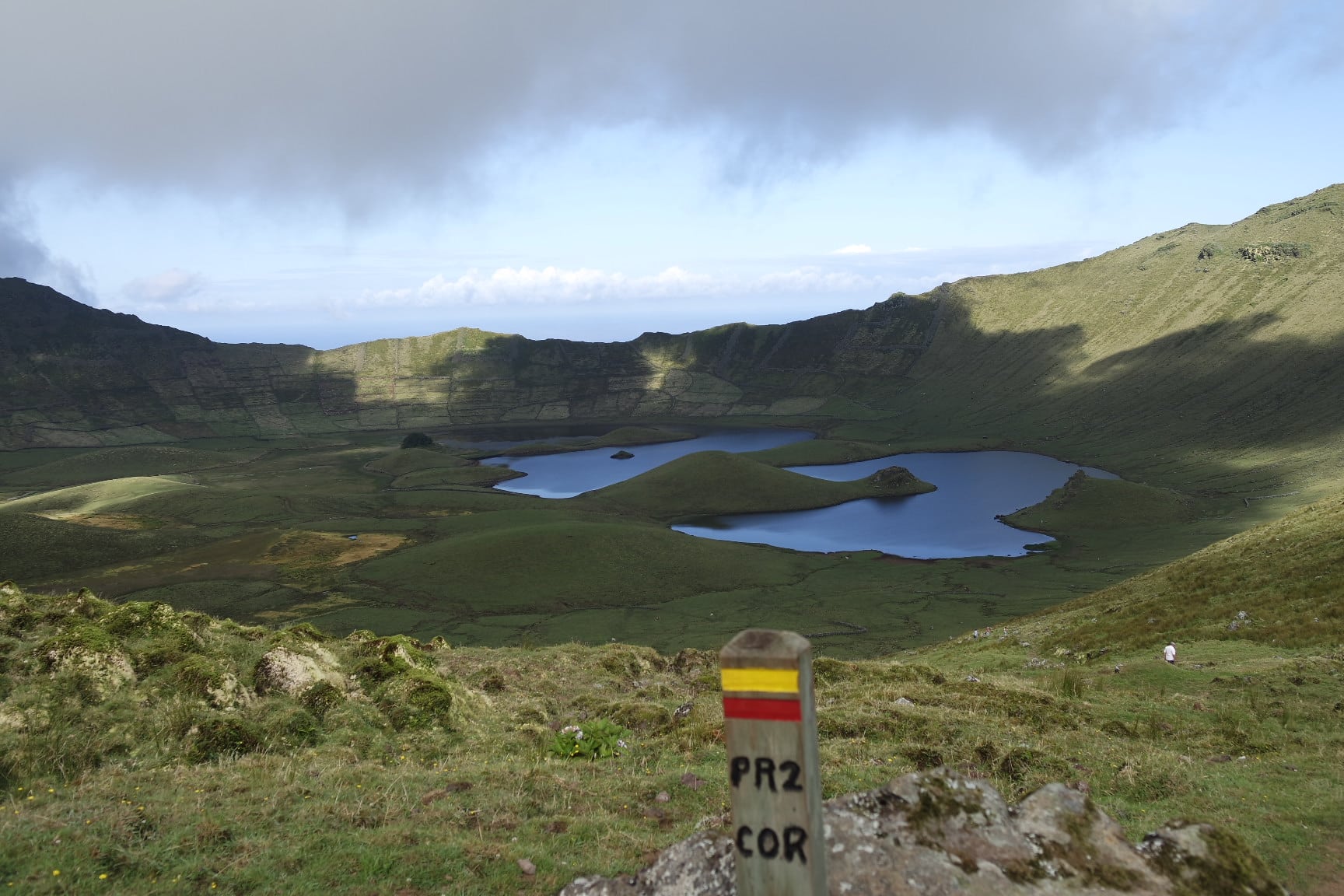
Fotografia de José Maria Sousa
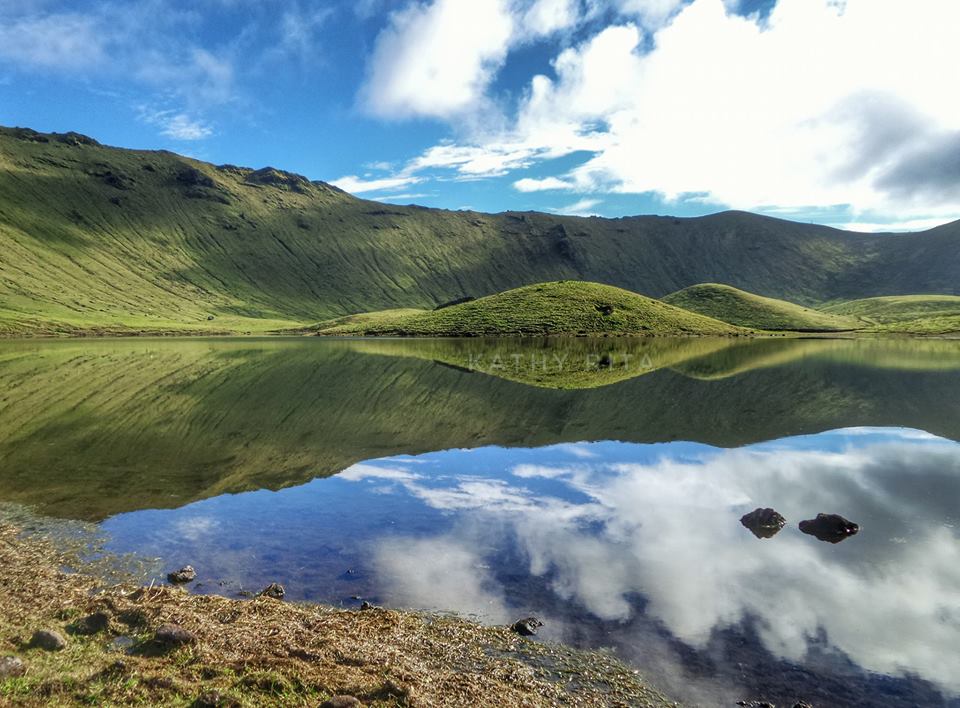
Fotografia de Kathy Rita
Praia da Areia / Portinho da Areia
Praia da Areia, also known as Portinho da Areia, is located on the southern coast of Corvo Island and is the only sandy beach on the island, making it an excellent option for all visitors who enjoy bathing, with clean and transparent waters.
The interesting aspect of this beach is that its sands are formed by small grains originating from the decomposition of volcanic rocks. It’s worth checking out up close!

Photo by Luis Silveira
Vila do Corvo
The only populated area on Corvo Island, consisting of a port and an aerodrome. What catches the eye the most are the clusters of houses, making the place cozy and architecturally interesting.
The main attraction is the Church of Nossa Senhora dos Milagres, built in the 18th century and of great historical value to Corvo Island.

Fotografia de Kathy Rita
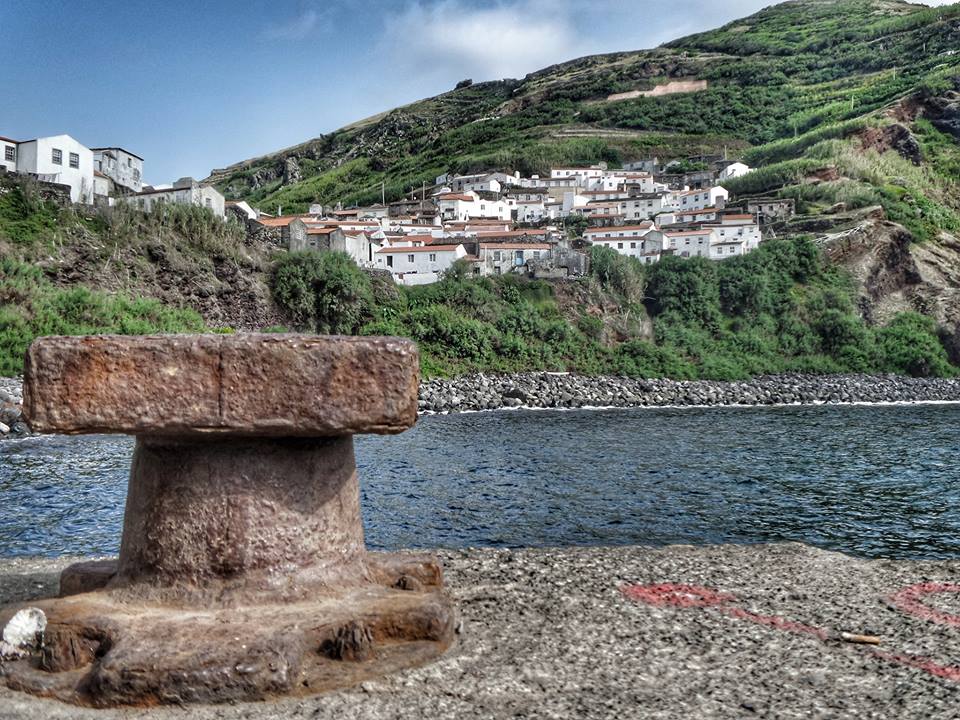
Fotografia de Kathy Rita
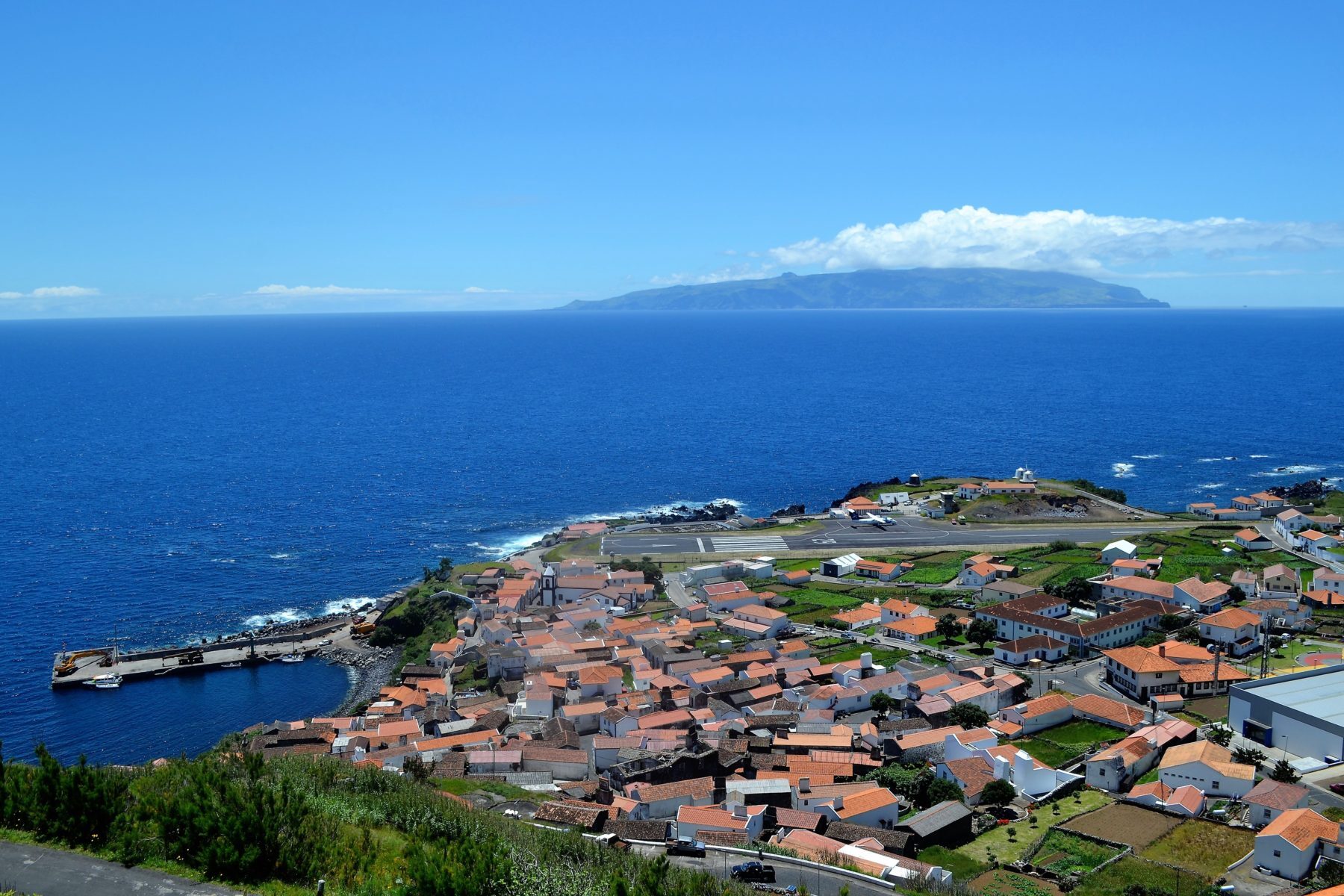
Fotografia de Carla Dias
Ecomuseu do Corvo
The Ecomuseu do Corvo is classified as a territorial museum, as it encompasses the entire Corvo territory and its heritage, unlike traditional museums.
The idea is to restore the island’s historic center and promote it as a tourist destination, with the support of the population for sustainable development.
Império do Divino Espírito Santo
Popularly known as the Casa do Espírito Santo, it is an old social and cultural center of Corvo Island, recorded in history and also a place for gatherings, parties, and processions.
Its construction dates back to the 19th century, with stone masonry and a religious character. Currently, the site is used for official celebrations such as communions and anniversaries.
The traditional Divino Espírito Santo Festival occurs every year on Pentecost Sunday and attracts many people.
Windmills
There are three windmills built between the 19th and 20th centuries located on Caminho dos Moinhos, in Vila do Corvo, which receive special protection from the Regional Government of the Azores and are considered historical heritage.
Every year, the Festival dos Moinhos is held here, attracting tourists from all over. The festival is a success and free to attend.
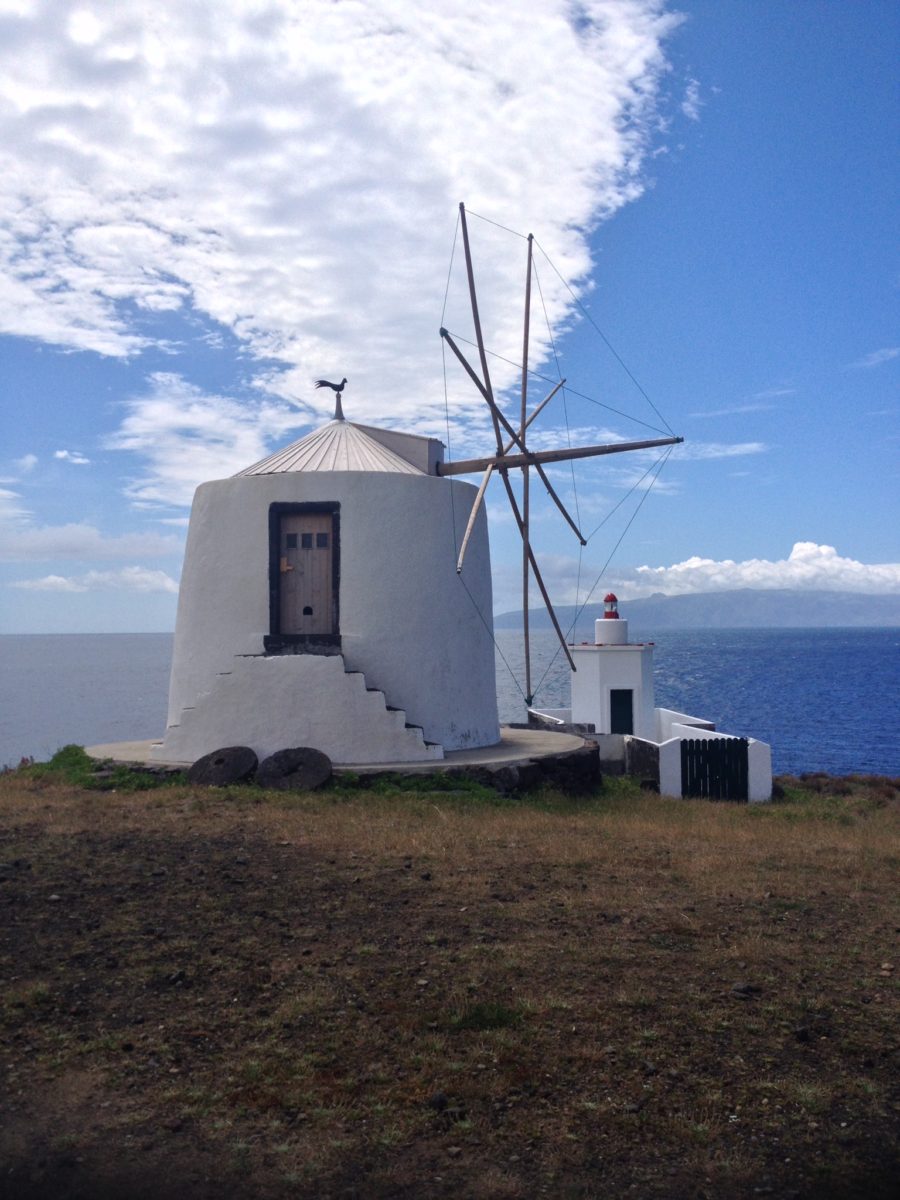
Fotografia de Silvia Freitas

Fotografia de Carla Dias
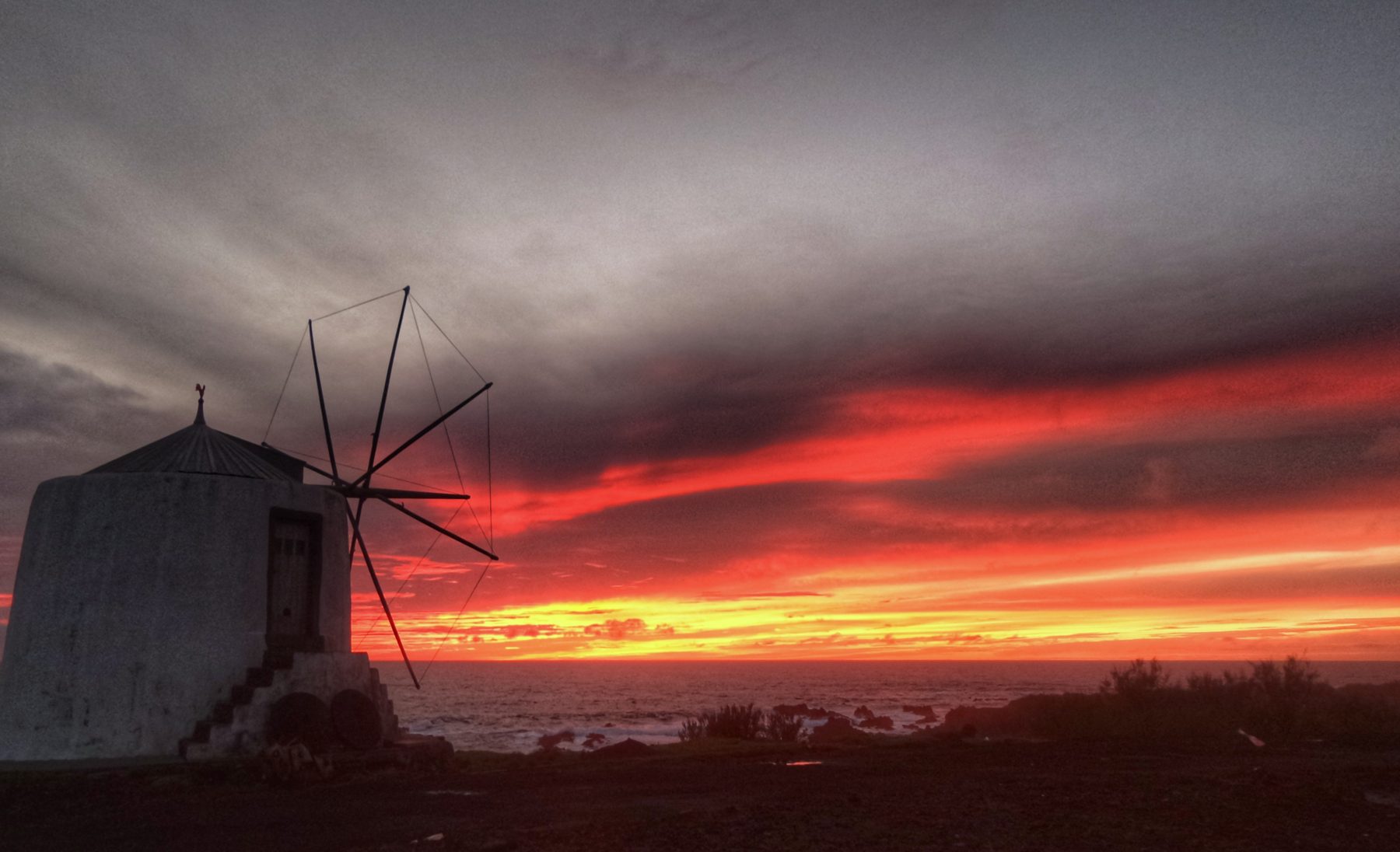
Fotografia de Kathy Rita
Therefore, if you are planning to travel to the Azores archipelago, be sure to visit Corvo Island, which, despite being small, has great riches and excellent tourist options.
Explore Corvo Island:
> Corvo Island – Map & Information
> Photographs – Magnificent photos of Corvo
> Videos – Breathtaking images
> Restaurants – Where to eat
> Accommodations – Where to sleep
> Businesses – Services and tourism companies
 Quick links and suggestions
Quick links and suggestions
Travel insurance with 15% discount for the Azores or another destination Click here to simulate >
Looking for trips to the Azores? See these promotions >
Rent a car in the Azores? The best rent-a-car >
Activities and Experiences during your stay? Check it out here >
See Whales and Dolphins? Book now online >
Have you had a canceled or delayed flight in the last 3 years? Receive your compensation here >


